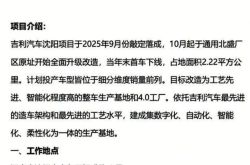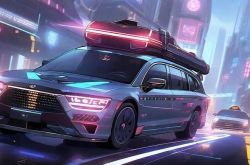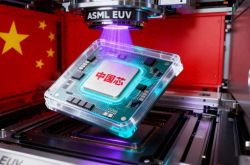Less than half of the robots finished! It's difficult for robots to "run far". What's the significance of the first marathon?
![]() 04/21 2025
04/21 2025
![]() 461
461
After more than a month of preparation, the world's first humanoid robot marathon finally kicked off. As a tech media that always pays attention to the latest technological trends, Leitech naturally wouldn't miss this robot extravaganza. I set my alarm early in the morning to follow the race, and then I saw...
There were many "exciting moments", and the robot marathon was highly entertaining.
Unitree G1 laid flat right at the start (not the official Unitree team, but a third party that purchased the Unitree G1 and used its self-developed algorithm to participate).
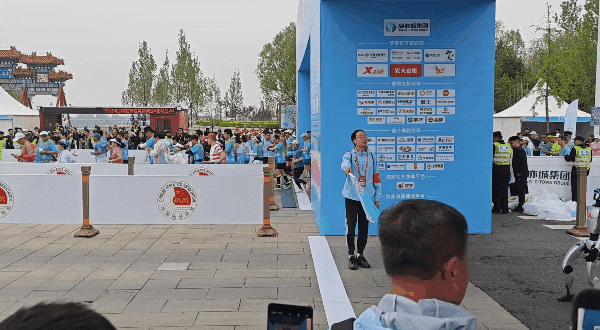
Source: Leitech
A "minor" robot wearing running shoes.
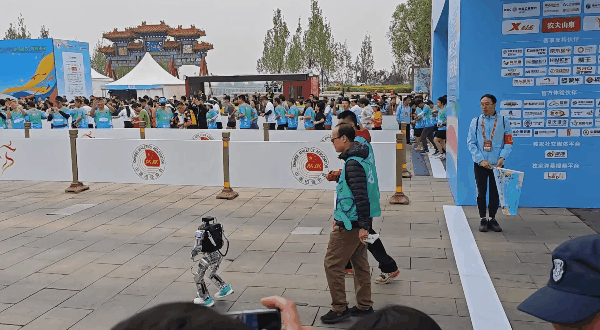
Source: Leitech
And a fan-assisted Gundam!
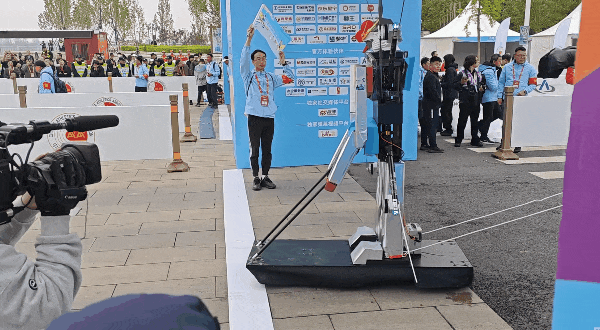
Source: Leitech
To be honest, I didn't expect that just from the starting line, these robot manufacturers could bring us so much joy. At the same time, it fully demonstrated the "diversity" of robots to me, especially when the robot that looked like a "Gundam" started moving. No, accurately speaking, when the fan started spinning, I was completely taken aback. Can this even be considered a humanoid robot?
Couldn't it be that we have to recite that classic line: "Legs are just decorations, the big shots up there wouldn't understand" (from the classic robot anime "Mobile Suit Gundam 0079", where technicians complain that the leg structure is useless in flight combat mode, used here only as a joke).
However, in a terrestrial environment, the leg structure is obviously not just a "decoration", and the "human-machine" engineering design of fan assistance combined with human control of direction still has many issues. During the start, it was difficult to control the direction, and it moved in a "circling" manner for more than ten meters.
It's clear that the "driver" was already trying very hard to control the direction.
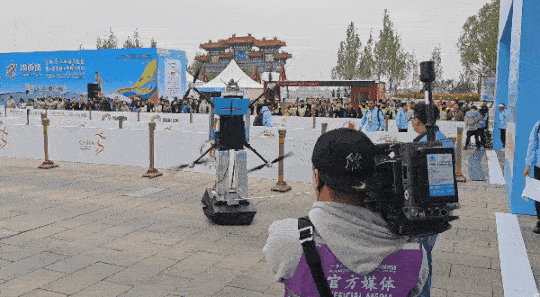
Source: Leitech
After making three circles, this wind-powered robot suddenly started accelerating in a straight line. Just when I thought it was about to successfully start, it immediately lost control of the "driver" and crashed into the wall, becoming the first contestant to be eliminated from the competition.
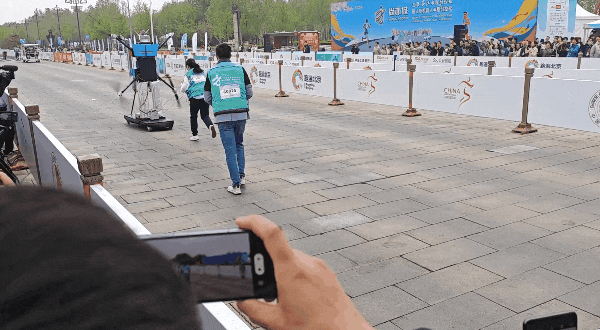
Source: Leitech
What do you think, would it be more reliable to directly modify it into a multi-axis drone form than fan assistance?

Source: Leitech
Finally, I confirmed in the participant list that this robot that was eliminated at the start was from Huazhong University of Science and Technology, and its name is "Shennong". Regarding why the Shennong robot chose to move with fan assistance, netizens have mixed opinions. Among them, the most reliable one I think is: "For Shennong, that fan is actually a lawn mower, which can usually be used to assist in movement and move down into lawn mowing mode when working."
In fact, Shennong's fan-assisted robot was already quite good, at least it crashed into the wall after crossing the starting line. A later contestant couldn't move forward even after running in place for a long time and was eventually moved away from the starting line by a human engineer for on-site maintenance.
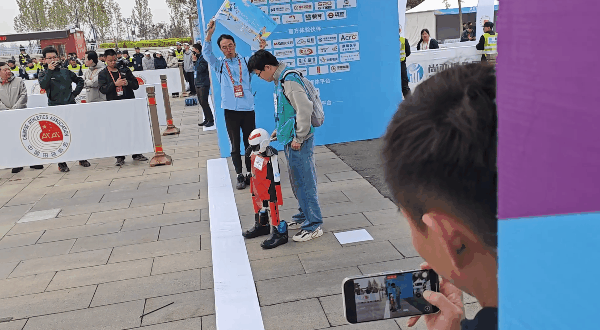
Source: Leitech
There was also one that was carried by an engineer to the starting line, but it didn't even try to start and was immediately moved aside. It was estimated that there was a temporary problem, so it simply came to the starting line to make an appearance, focusing on the idea of "participation is important."
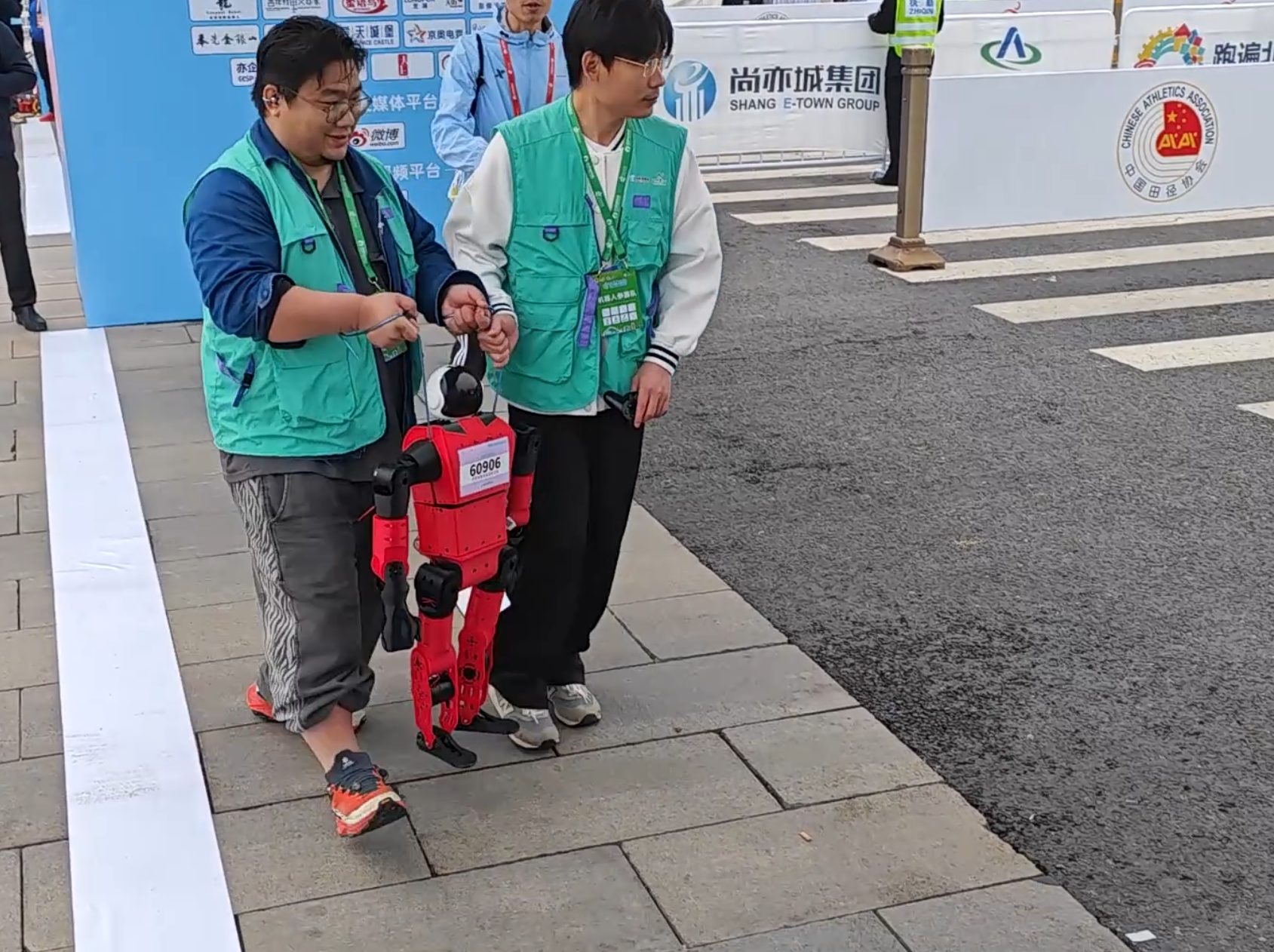
Source: Leitech
Of course, there were also some robots with excellent starting poses and movements, such as the first to depart, Tiangong Ultra (also the first place finisher of this competition).

Source: Leitech
As well as Songyan Power's N2 robot, whose short legs moved very quickly and was one of the robots whose movements most resembled human running.
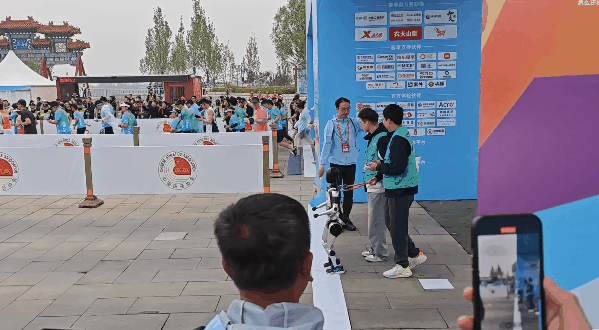
Source: Leitech
However, for all participating robots, the start was just the first challenge they faced, and the subsequent 21-kilometer journey was still fraught with difficulties.
It's not easy for robots to "run far": overheating and wear are challenges
Although there were a total of 20 participating teams, only 7 teams were able to successfully pass the 13km observation station. Teams that had not completed the 13km segment four hours after the start were directly considered as not finishing the race. For example, the popular "beauty" robot Huanhuan collapsed and sat on the ground shortly after the start and could not get up again, having to regretfully withdraw from the competition.
In the subsequent stages of the race, many robots also fell or malfunctioned due to various reasons and were unable to complete the race. It can be said that successfully reaching the finish line is enough to prove that one's robot technology is among the best in the country. However, the problematic race also sparked discussions among netizens: Why can't robots that move smoothly in videos and seem to be about to turn into "Jackie Chan" even run properly?
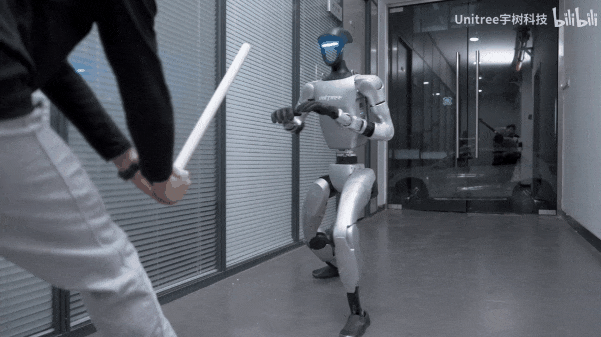
Source: Leitech
Regarding this question, I can explain it to you. First of all, the track of the robot marathon is not "simple" for robots. Different road conditions such as turns, ups and downs may have little impact on humans but are very challenging for robots' motion algorithms. For example, when turning, it is necessary to control the output of the left and right feet to avoid falling. When going up or down slopes, the center of gravity needs to be adjusted. One careless move could result in an on-the-spot withdrawal from the competition.
For example, Kuavo, from the Tsinghua Tongban team, suddenly fell to the left and stumbled at the 1.5km mark. After engineers detected on-site that it was unable to continue the race, they had to replace it with a backup machine to continue the competition. Throughout the race, similar situations were common. Even Tiangong Ultra, from the team that won first place, also stumbled, but was much luckier and could continue the race after getting up.
Why do these robots "fall flat"? First of all, the action of "running" is actually very challenging for a robot's posture and dynamic adjustment response capabilities. When a robot gains speed, it needs to complete the calculation of power output in a very short time, then rebalance the center of gravity and repeat the process.
In fact, in order to reduce reliance on algorithms and allow robots to maintain balance better, many participating teams simply designed their robots to be "short" to reduce the problem of uncoordinated movements caused by center of gravity shifts. For example, the second-place finisher in this competition, Songyan Power's N2, is a robot that is only 120cm tall (even so, it later lost its head).
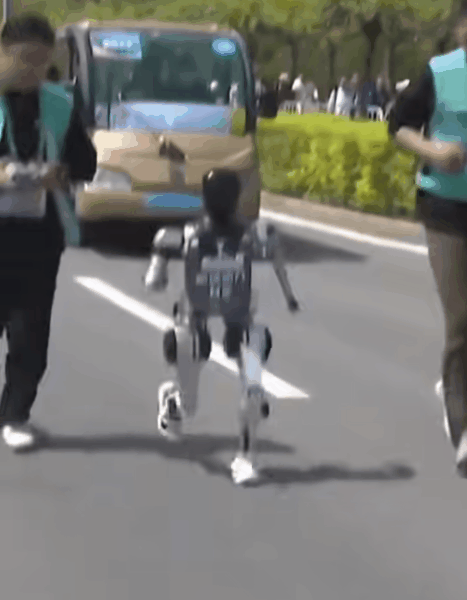
Source: Leitech
However, motion algorithms and other issues are not the only main reasons for robots falling. Most robots in this competition experienced joint bearing failures, and one of the core factors is continuous high-load driving, which causes the temperature of the servo motor at the joint to exceed 80 degrees Celsius. If heat reduction treatment is not performed, the motor may strike or reduce feedback speed due to overheating, leading to power imbalance and falling.
In addition, prolonged continuous movement also places extremely high demands on the robot's leg joints. Imbalance in left and right leg movements caused by issues such as wear is also a major reason for robots falling flat. Some robots had to replace backup machines due to joint wear.
According to a research report by imsystems, if a robot runs more than 40,000 steps at one time, it is equivalent to the joint bearings experiencing 10^7 cycles of load (tens of millions), which far exceeds the million-level fatigue testing standards of most laboratories.
So it's not hard to understand why robots that move flexibly in videos are stumped by simple "running" in a marathon. The former considers the engineer's motion programming and the robot's flexibility, while the latter truly tests the robot's durability, adaptive algorithms, and stability for long-term operation.
Moreover, current robots also face many difficulties in terms of endurance. According to on-site reports, most robots have undergone energy replenishment twice or more during the competition, which means that their single endurance is less than 10 kilometers. In addition, some on-site staff revealed that the power consumption of some robots just standing for ten minutes is as high as 20% (due to the need to constantly balance the center of gravity), and a shifting machine must be used for storage and movement.
For robots at this stage, battery technology is also one of the biggest obstacles limiting their popularization in enterprise production and daily use. Judging from the current situation, perhaps we can only hope that technologies such as solid-state batteries can achieve new breakthroughs as soon as possible.
What is the significance of having robots run a marathon besides marketing?
When searching for information about this robot marathon online, I also noticed that many overseas media outlets reported on the competition and attached great importance to it. Although most media outlets regard this competition as an entertainment event, some analysts have questioned whether the success of the robot marathon can prove China's leadership in the field of robotics.
For example, Alan Fern, a professor of computer science, artificial intelligence, and robotics at Oregon State University, said that it's not new for robots to run, as it was already achieved five years ago. Indeed, it's not difficult for robots to run, but it's not easy for them to complete a marathon. We discussed the specific difficulties they face earlier, so I won't repeat them here.
In fact, a robot that can finish a marathon competition at least demonstrates that it is very mature in various fields such as algorithms, materials, motor design, and structural design.
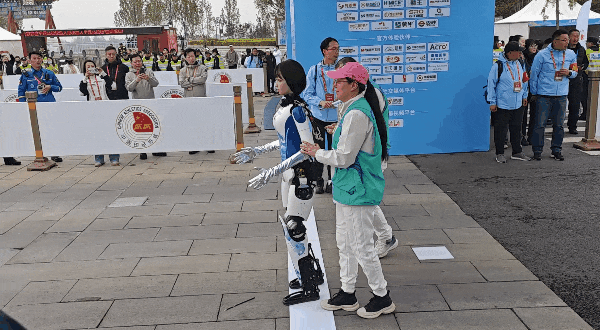
Source: Leitech
Take Unitree G1 as an example. Even with good hardware foundations, it failed to demonstrate its true athletic ability in the hands of a third-party participating team due to insufficient algorithm optimization and adaptability. It can be said that this competition tested the overall technical level of the robot design team more than the ability in a specific field.
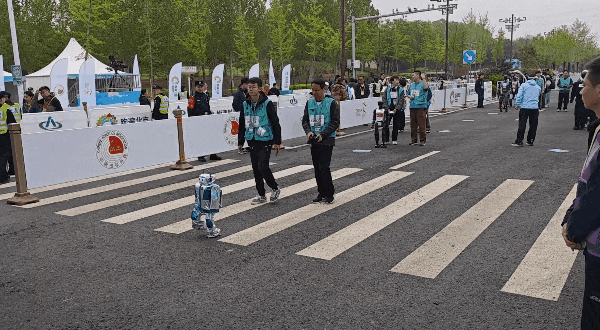
Source: Leitech
In my opinion, the maturity of all emerging markets starts with breakthroughs in underlying basic technologies. Although robots at this stage are criticized for having no practical use, from an industrial perspective, it is first necessary to ensure that robots have sufficient durability before developing applications based on that. Otherwise, who dares to put a robot that strikes from time to time in their home or factory?
Although during the competition, the robots were in various states, with falls, paralysis, "turning around", and other accidents occurring frequently, so much so that some netizens complained: "I thought robot technology was already very advanced, but it turns out that most of them are just 'silver-plated lead-filled lances'". However, it is precisely this "brutal" competition that allows companies to identify problems and make improvements.
As the competition slogan goes: "Participating is victory, finishing is heroic." Every participant is a pioneer of the future and a founder of the future intelligent robot ecosystem.
Source: Leitech
Images in this article are from: 123RF Licensed Image Library Source: Leitech

